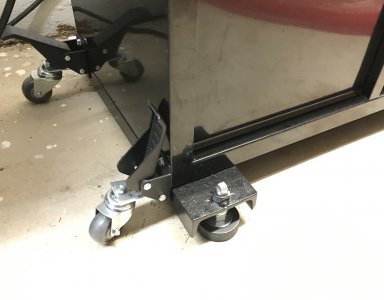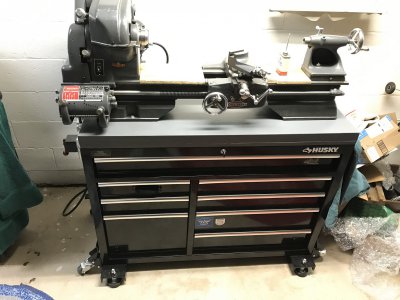Hello everyone,
I'm planning to buy a Precision Matthews PM1030 lathe. I see that they have lathe stands for their lathes, but they don't really have much storage. What do you all think about a toolbox cart like this one from Harbor Freight instead of the one from precision matthews? the PM1030 might overhand the sides by a few inches but I can build a sturdier top for the tool cabinet.
I'm planning to buy a Precision Matthews PM1030 lathe. I see that they have lathe stands for their lathes, but they don't really have much storage. What do you all think about a toolbox cart like this one from Harbor Freight instead of the one from precision matthews? the PM1030 might overhand the sides by a few inches but I can build a sturdier top for the tool cabinet.


